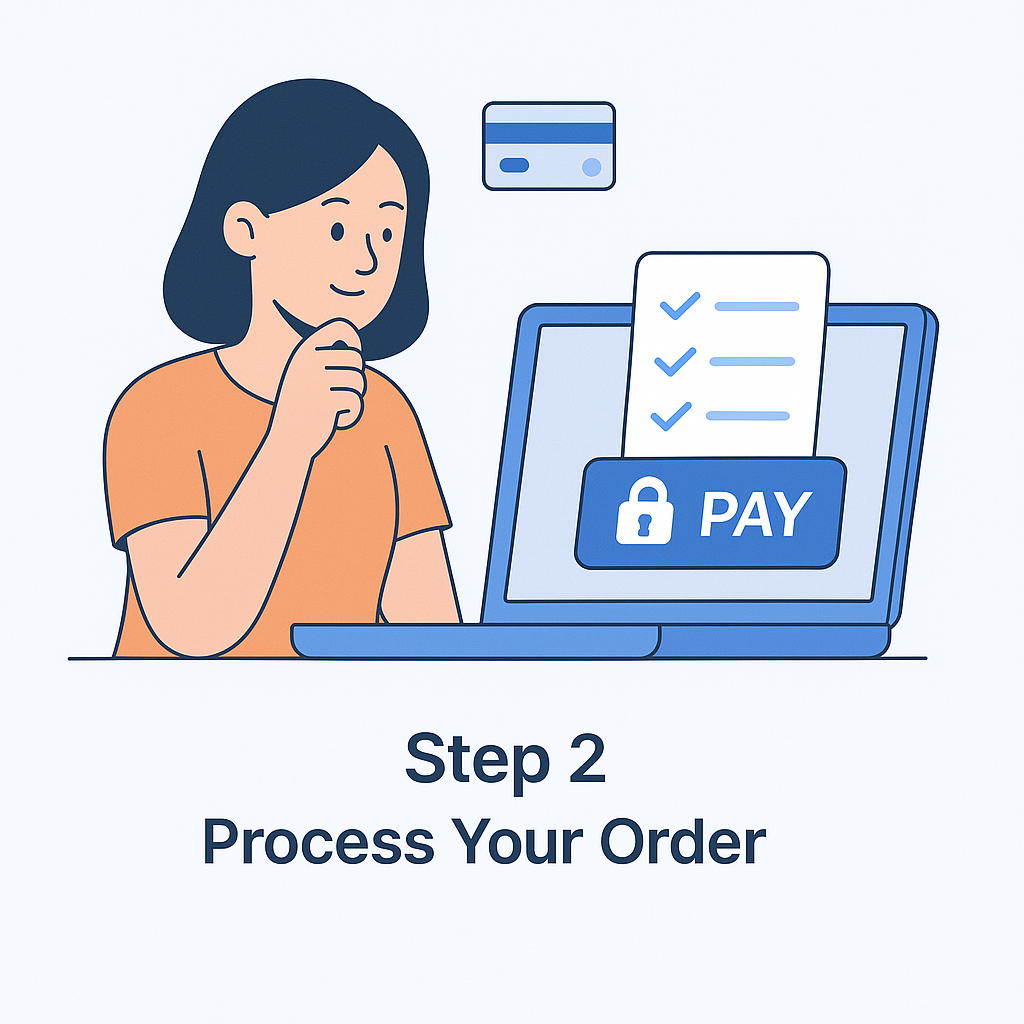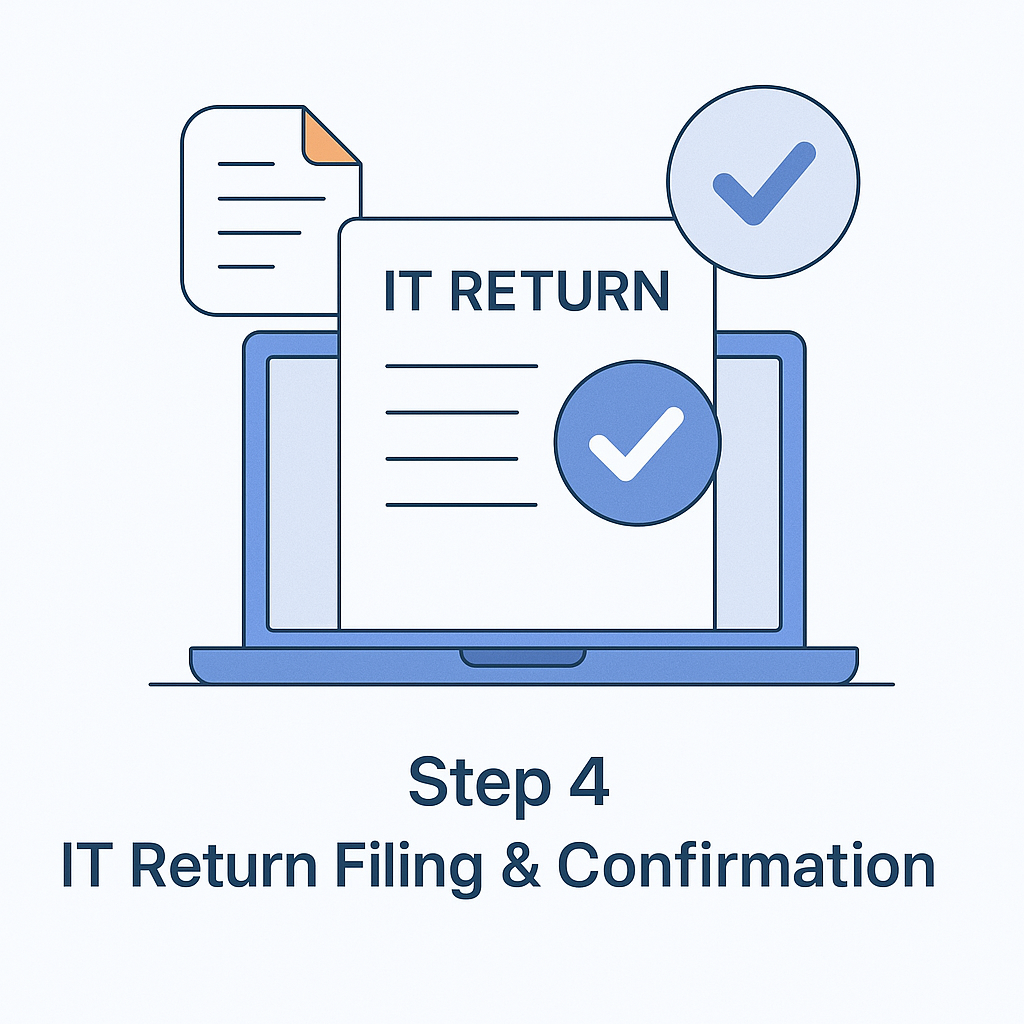Advantages of GST for Citizens and the Economy
We all have been hearing about this biggest tax regime for the past few years. But 2017 is the year in which it has been implemented. GST is the kind of taxation system which has replaced all other indirect taxes like Service Tax, Value Added Tax (VAT) by encompassing these taxes into single and comprehensive Goods and Service Tax. As per the provisions of GST, the tax will be paid by the final consumer on the supply of goods and services. An individual is liable to pay tax once he crosses the threshold limit of Rs. 10 Lakhs, which is Rs.5 lakhs for the North-Eastern states. In some case, an individual is liable to pay tax even if he or she doesn’t cross the threshold limit.
A Detailed Look Inside the Benefits of GST in India Get Details
The Impact of GST on the Average Citizen of India
GST has been an impact to all citizens of India which is why it is important to see how GST has influenced the most i.e. whether it is most on the consumer, the average person or at the taxpayer.

The advantages of GST can be seen as follows:
- GST is a tax which is imposed on the value addition of goods and services, ultimately which is to be borne by the final consumer. As per the government estimates, GST has led to the reduction in the overall tax burden on goods for the common man. The highest slab rate under GST is 28%, earlier it was between 25% to 30%. Under Goods and Service Tax (GST) this is the biggest benefit for the common man.
- Small taxpayers whose aggregate income is less than Rs. 10 Lakhs in the financial year is exempted from paying GST in India. The limit for the North Eastern States and Sikkim is Rs. 5 Lakhs in the financial year. But the taxpayers who make supplies within the state (interstate) or the taxpayers who are paying taxes on a reverse charge basis are not eligible for the above-mentioned exemption.
- Earlier, on most goods rate of indirect tax applicable was too high like on consumer electronics, beauty products, none- luxury automobiles etc. Around 12.5% of Excise duty and Value Added Tax (VAT) of about 12.5%-15% depending upon the state were charged. Consumers were paying multiple taxes, but with the coming of GST, they are supposed to pay only single tax, due to which it is easy for them to understand how much amount they are paying on taxes.
- As compared to other taxes, GST is easier to administer. It is easy to understand for the common man and for the government appointed officials. It has removed the cascading effect of all other taxes which were levied by the Central and State government.
- GST will make the goods competitive in domestic as well as international market. This means that consumer will get better goods and services at cheaper rates. This will decrease the consumer expenditure and will boost the Indian economy.
- Under GST all tobacco and tobacco related products will be subjected to taxation. Not only this, the Central government has put additional Central excise duty on tobacco and tobacco related products.
-
It is important to note that following goods and commodities will not fall under GST:
- Petrol and Petroleum products.
- Natural gas.
- Alcohol for human consumption.
- Aviation turbine fuel.
- Electricity.
- High-speed diesel.
- Under GST many capital goods input tax credits are not available. Because of GST, there will be a drop of 12-14 % in the value of capital goods. Due to this, it is expected a rise of 6% in the capital good investment and 2% overall growth.
- It is believed that GST will increase the revenue of the government by increasing the tax base and improving the tax compliance. It is estimated that it will increase India’s GDP from 1.5% to 2%.
- GST prevents the cascading of taxes as it provides a comprehensive input tax credit mechanism across the entire supply chain. The seamless availability of Input Tax Credit across goods or services enables a smooth streamlining of business operations.
Get GST Solutions for your Business
- Seamless Migration to GST
- Expert Assistance over Chat and Email

What is GSTIN?
Earlier, for any dealer who was registered under state VAT law, a unique TIN number was issued by the respective state authorities. Similarly, an individual providing service is assigned a Service Tax registration number by the Central Board of Excise and Custom (CBEC).
Under the new GST regime, every taxpayer in India will have a single platform where they will be directed towards and assigned a registration by a common authority. All the businesses registered under GST will be assigned a unique Goods and Services Tax Identification Number (GSTIN). It is estimated that nearly 8 million taxpayers will be migrated from various platforms into GST. Under GST, each taxpayer will be given a state wise 15 digits Goods and service Taxpayer identification number (GSTIN).

The breakup of the proposed GST Identification Number is as follows:
- The first two digits of this number represent the state code, which is as per Indian census 2011.
- The next ten digits are the Permanent Account Number (PAN) of the taxpayer.
- The 13th digit will be assigned based on the number of registration done within the state.
- The 14th digit will be Z by default.
- The last digit may be an alphabet or a number, it is basically a check code.
GSTIN and GSTN are both different terms. GSTN is Goods and Service Tax Network. It is a non-profit and non-government organization which is setup to manage the entire IT system of the GST portal, which is the mother database for GST. The government will use this portal to track every financial transaction and will provide taxpayers with all services – from maintaining all tax details to registration for the filing of taxes.
Get the detail of Filing for GST Returns in India Get Details
Procedure for Filing GST Taxes
- The taxpayer must upload final GSTR-1 return by any of the mode i.e. either directly or through data entry in GST common Portal by 10th of the succeeding month.
- The increase or decrease in supply invoices will be calculated based on GSTR-2.
- GST common portal will be automatically generated in GSTR-2. The taxpayer will accept, reject, or modify that provisional GSTR-2.
- A purchasing taxpayer can add the details of multiple purchase invoice in his GSTR-2 even if it has not been uploaded by the supplier.
- Inward supplies with suppliers during the next 7 days, can be reconciled by the taxpayers with their counter party taxpayers for any missing supply invoices in GSTR-1 of the supplies.
- By using the GSTN complaint offline facility or by the online common portal, taxpayers can finalize their GSTR-1 and GSTR-2.
- The amount shown in the draft GSTR-3 return (generated automatically) will be payable by the taxpayer at the online portal Post Finalization of activities.
- In GST-3 return, the taxpayer will debit both cash ledger, ITC and mention the debit entry system and will have to submit the same.
 GST Basics
GST Basics
 Classification of GST
Classification of GST
 GST Benefits
GST Benefits





